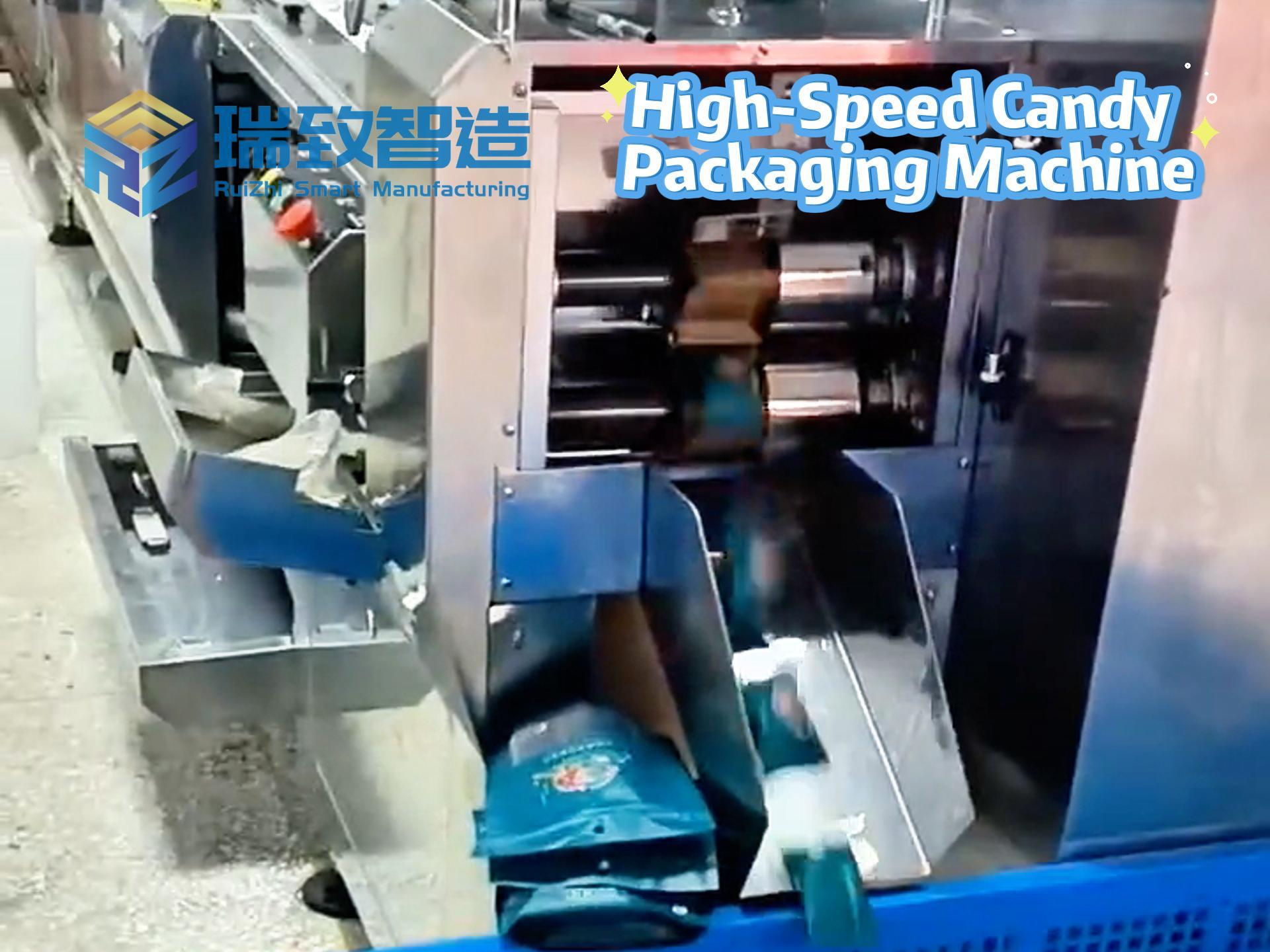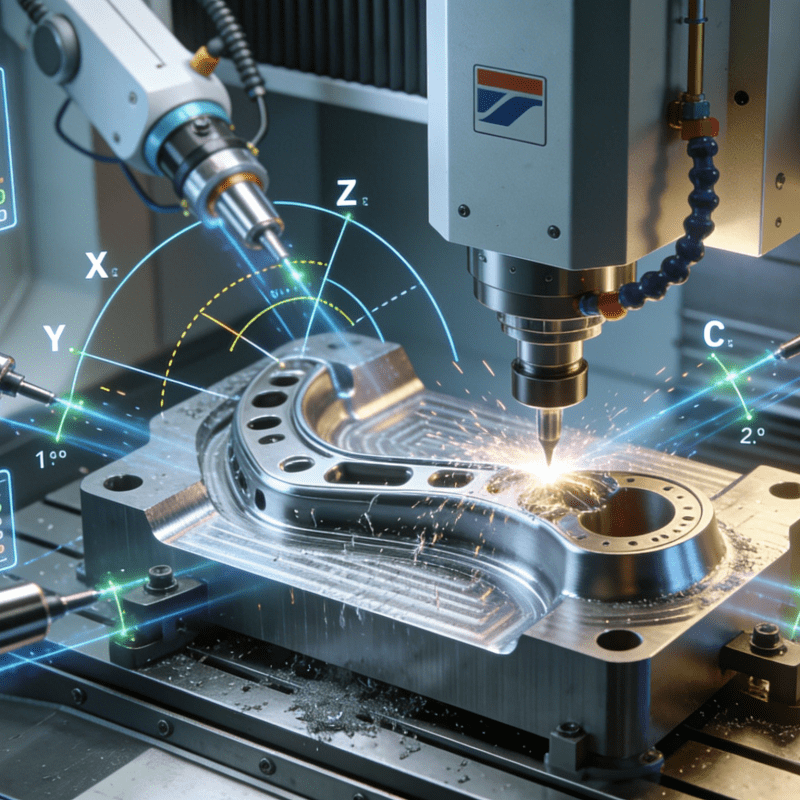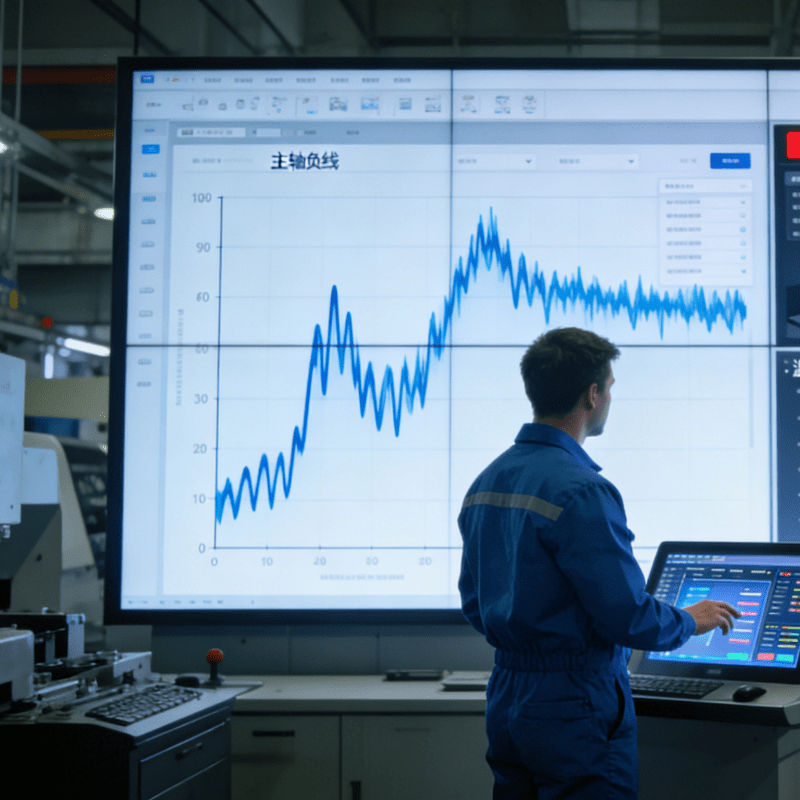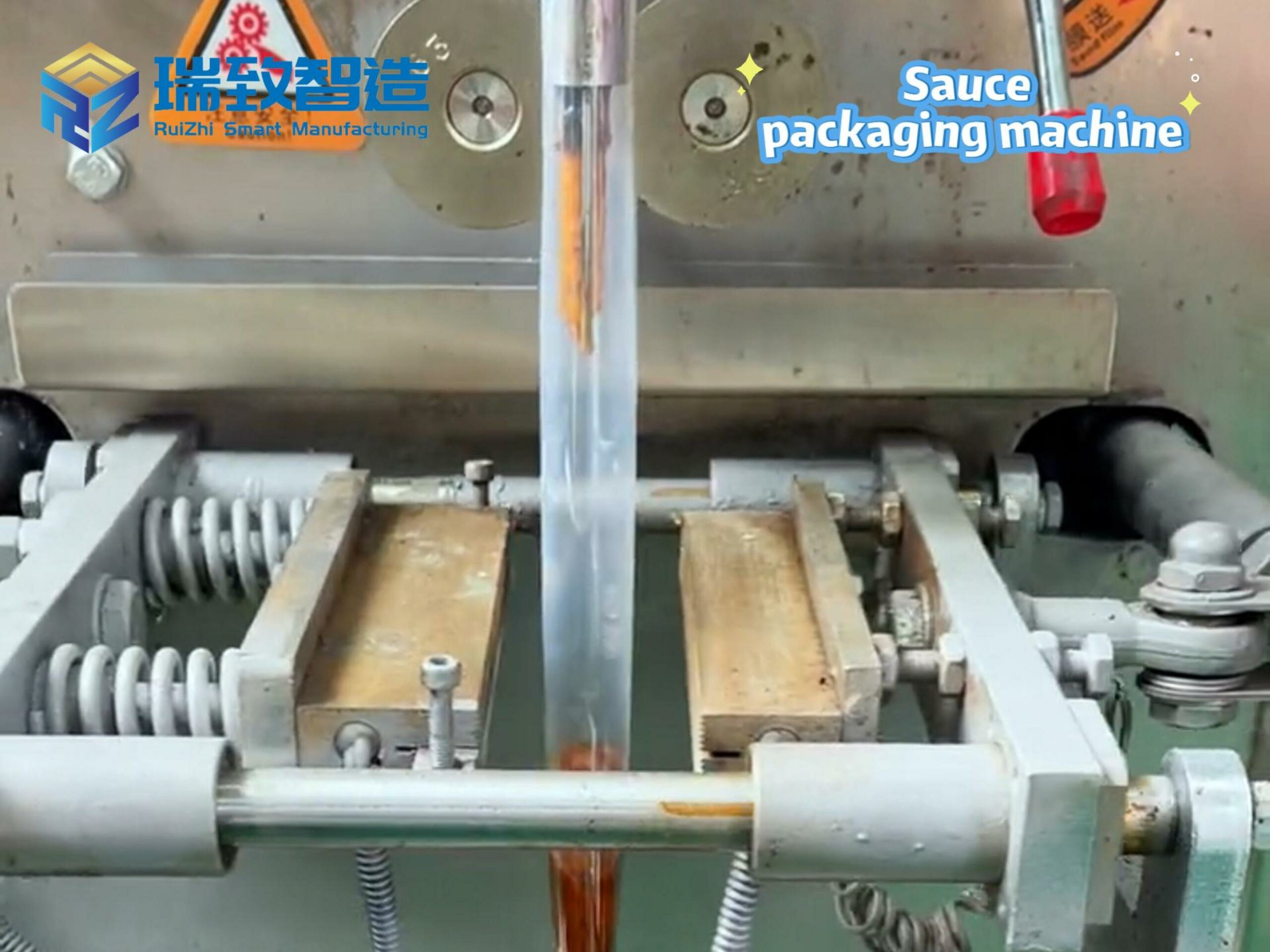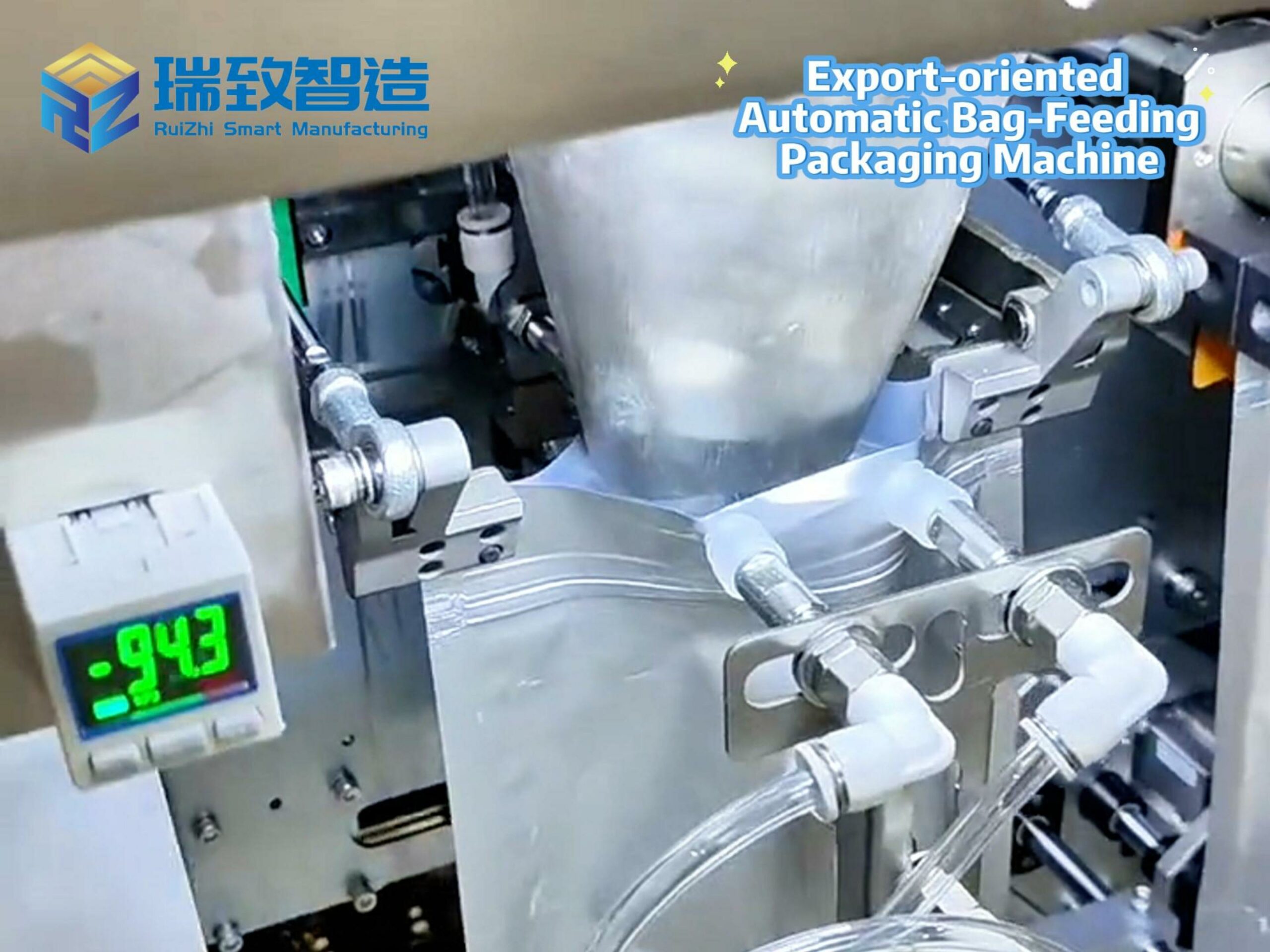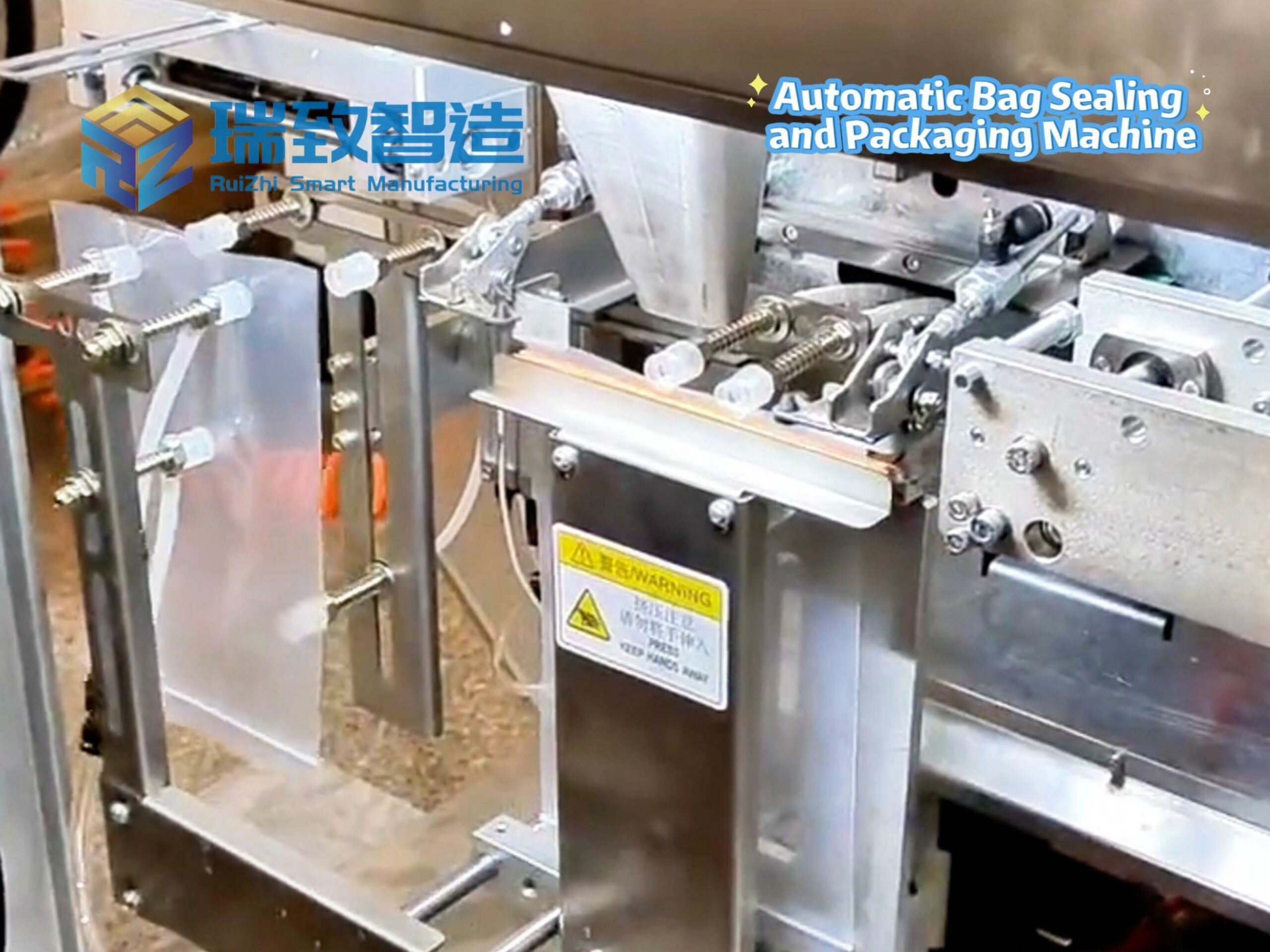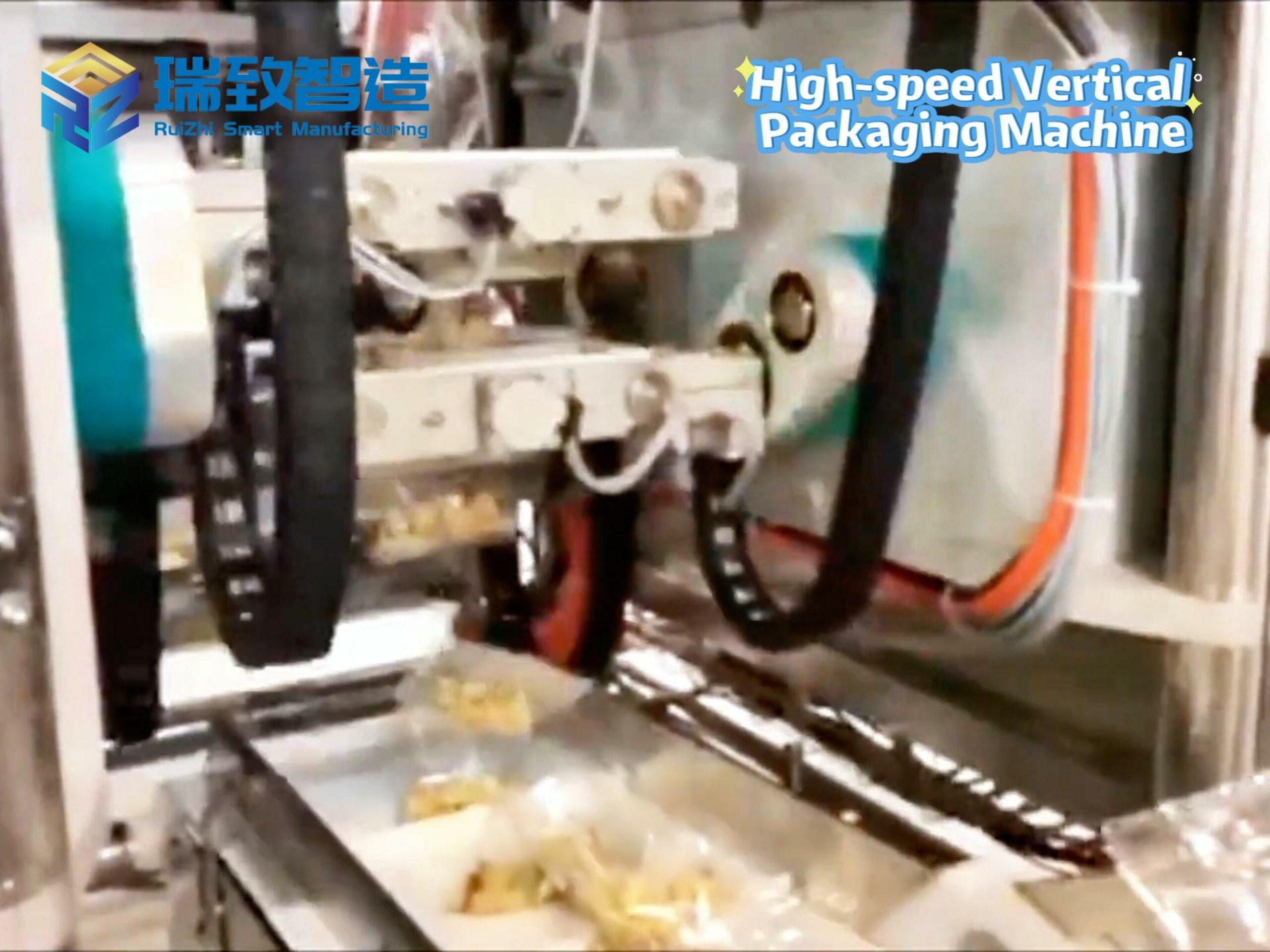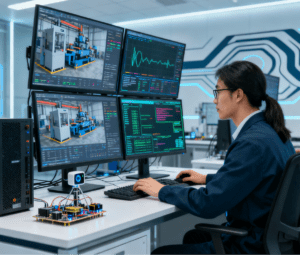
Recently, Zhang Yunming, Vice Minister of China’s Ministry of Industry and Information Technology (MIIT), stated at a press conference that MIIT is studying the introduction of an implementation plan for the “Artificial Intelligence + Manufacturing” special action to promote high-quality development of the AI industry and accelerate high-level empowerment of new industrialization.
Key Elements of the Plan
According to public information, the plan will:
Deploy intelligent transformation tasks around key industries, links, and fields
Formulate an AI+Manufacturing transformation roadmap
Release an AI application guide for manufacturing enterprises
Provide actionable implementation paths for industrial companies
Current Development Status
Zhang Yunming reported that during the “14th Five-Year Plan” period:
The number of AI enterprises and industry scale have continued to grow
Innovation achievements are constantly emerging
Domestic large models like DeepSeek and Tongyi Qianwen are leading the global open-source innovation ecosystem
AI terminals such as AI phones and glasses are rapidly popularizing
Industry-specific large models are being implemented with initial success
Strategic Importance
Zhang emphasized that developing AI is essential for achieving new industrialization. Following the State Council’s “Opinions on Further Implementing the ‘Artificial Intelligence +’ Action,” MIIT will:
Promote intelligent development of all industrial elements
Accelerate AI application throughout the entire industrial chain
Strengthen technology supply while promoting industry application
Three Major Focus Areas
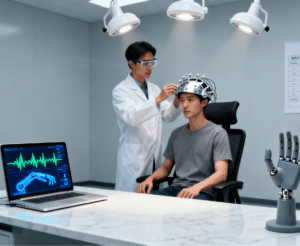
- Strengthening Industry Supply
Accelerate development of high-end computing chips and industrial multimodal algorithms
Create high-quality datasets to build a solid industry foundation
Promote intelligent agent deployment and development of humanoid robots and brain-computer interfaces
- Optimizing Empowerment Applications
Introduce the “AI+Manufacturing” implementation plan
Develop transformation roadmaps and application guides
Cultivate application service providers and create “one-stop toolboxes”
Conduct regular “deep dive” activities to connect supply and demand
In key sectors like medical device manufacturing, AI-enabled equipment such as the Thermometer visual labeling machine is becoming a typical case of intelligent transformation. This machine integrates AI visual recognition algorithms and real-time data analysis capabilities: it can automatically identify the model, size, and labeling position of thermometers (with a recognition accuracy of over 99.5%), correct labeling deviations in real time, and synchronize production data (including labeling efficiency, defect rate, and material consumption) to the enterprise’s AI manufacturing management platform. Such applications not only reduce manual operation errors by more than 80% and improve labeling efficiency by 40% compared with traditional equipment but also align with the plan’s requirement to “deploy intelligent transformation tasks in key links,” and are expected to be further promoted through the plan’s “application guides” and “supply-demand docking activities” to help more small and medium-sized manufacturing enterprises achieve cost reduction and efficiency improvement.
- Expanding the Industry Ecosystem
Develop classification-based standards for AI applications
Build high-level AI open-source communities
Utilize national investment funds and engineer practice bases
Advance AI safety technology and ethical risk prevention
Deepen international cooperation through platforms like the China-BRICS AI Development and Cooperation Center
Employment Impact
Zhang acknowledged that AI application may replace some repetitive and dangerous jobs, but will also:
Improve labor efficiency and safety
Create many new jobs and professions
Promote employment quality and capacity expansion
MIIT plans to work with other departments to maximize AI’s potential in job creation and efficiency improvement through enhanced vocational training and education to develop more talent suited for the intelligent era.
Would you like me to highlight the key strategies from this plan for quick reference?
What is the market size and development trend of medical product assembly machines?
What are the advantages of medical product assembly machines?

